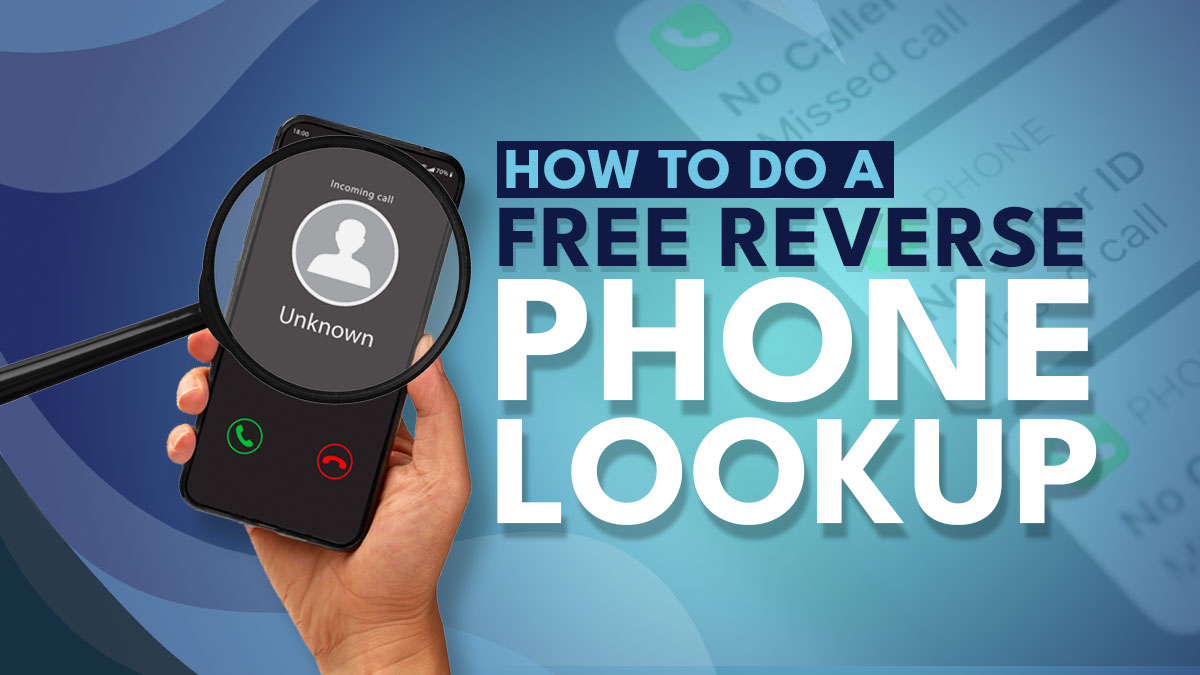In today’s fast-paced world, the ability to identify caller details has become increasingly essential for both personal and professional communication. With the rise of spam calls and telemarketing, knowing who is on the other end of the line can help individuals make informed decisions about whether to pick up the phone or let it ring. Caller identification technology has evolved significantly, offering a range of features from basic caller ID to advanced apps that provide additional context, such as the caller’s location and potential affiliation.
This article delves into the various methods and tools available for identifying caller details, exploring their benefits and limitations. We will discuss the importance of caller identification in safeguarding against unwanted interruptions, privacy invasion, and potential scams, while also providing practical tips for making the most of available technology. Whether you’re a business professional screening important calls or a consumer seeking peace of mind, understanding caller details can enhance your communication experience.
Methods for Caller Identification
Various tools are now at our disposal to help identify caller details, ranging from built-in smartphone features to specialized third-party applications. Traditional caller ID displays the name or number of the incoming call, but many apps provide more in-depth information, such as the caller’s location and user-generated reviews that indicate whether a number is associated with scams or telemarketing. For more comprehensive data, using services like Identify caller details with reverse phone API can reveal a caller’s identity and background, enhancing your decision-making about whether to answer the call.

Benefits of Caller Identification
Effective caller identification not only helps in avoiding unwanted calls but also plays a significant role in enhancing personal security and privacy. By recognizing who is calling, individuals can protect themselves from scams and unsolicited marketing, ensuring that their time is not wasted on unproductive conversations. Moreover, for businesses, knowing the caller’s identity helps prioritize important calls, fostering more efficient communication and engagement with clients or partners. Embracing caller identification technology ultimately leads to a more streamlined and satisfactory communication experience.
In conclusion, the ability to identify caller details is a crucial asset in today’s digital communication landscape, empowering individuals and businesses alike to navigate the complexities of telephonic interactions with confidence and clarity. As technology continues to advance, so too do the methods for discerning who is on the other end of the line, making it easier than ever to avoid spam and potential scams while enhancing the overall communication experience. By leveraging available tools and maintaining awareness of caller information, users can take control of their interactions, ensuring that they engage only with those calls that matter most. Whether for personal use or within a professional setting, investing time in understanding and utilizing caller identification can lead to improved safety, efficiency, and peace of mind in our everyday communications.

